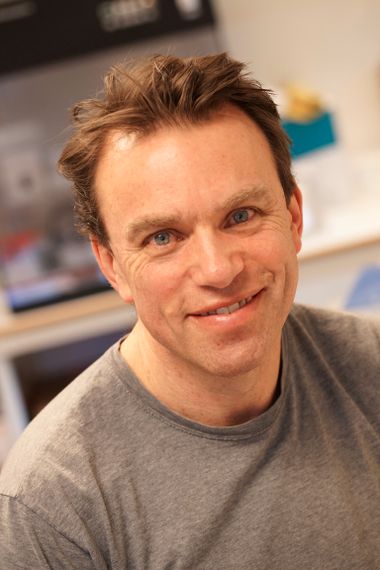Measuring antibodies against viruses is simpler and less expensive than detecting the virus itself

The major Norwegian newspaper Aftenposten has recently published an article from Fridtjof Lund-Johansen from the Department of Immunology entitled "Soon it becomes more important to test immunity than infection." Here, he focuses on the advantages of measuring immunity in a larger part of the population.
Links:
The Aftenposten article (in Norwegian)
Snart blir det viktigere å teste immunitet enn smitte (26.03.2020)
Home page of the Protein Array Group, headed by Fridtjof Lund-Johansen
English version:
The Norwegian Institute of Public Health (NIPH) sends daily updated information on infected, sick and dead. What is currently missing is the number of those who have recovered. We have good reason to believe that most people who have undergone infection are protected from new infection and that they do not infect others. Therefore, it is people with immunity who can best keep the society going in coming months, and soon we must know who they are.
Today, “recovered” means you have first been diagnosed with virus and then been without symptoms for at least a week. In Norway they will count about 2,500 individuals two weeks from now. The actual number is probably far higher. When we introduce strict measures for everyone, it is because we expect many to carry COVID-19 without even knowing it. Most likely, a large number of people are currently undergoing infection with few or no symptoms. In two weeks, these asymptomatic individuals are also immune, but we don't know how many or who they are.
The NIPH expects a peak in the epidemic sometime between April and October. During this period, efforts will probably be concentrated on those who need hospitalization. There will probably not be resources to test large sections of the population for virus. The consequence is that the number of unidentified carriers will rise, and a large number of questions will arise. Will someone who has not been classified as recovered dare to visit parents and grandparents who are most at risk? Should health professionals be tested daily? Can we afford to maintain infection prevention measures that apply to the entire population?
Fortunately, there is a better way to identify those who have recovered. Everyone who recovers from coronavirus infection has antibodies against the virus in the blood for a long time period. Measuring antibodies against viruses is simpler and less expensive than detecting the virus itself. In a crisis situation, it should be possible to equip a laboratory to perform 10,000 tests for antibodies to virus per day. Then we can quickly identify those who have developed immunity.
Diagnostic tests used to detect antibodies to other types of virus have undergone lengthy testing and approval. Although international industry is working 24/7, approved products for COVID-19 antibodies may not reach us in time. Therefore, we should consider producing tests locally. An international research team led by dr. Florian Krammer at Mount Sinai University of New York has already done so, and in a research article, they describe very promising results. Now, the virus spreads rapidly in New York, so we will soon have a clear answer on how accurate the test is. The journal Science has mentioned the work by Krammer and his colleagues as a very important contribution in the fight against COVID-19.
The scientists from Mount Sinai give away the gene sequence used to produce the test. In fact, it is already on its way to Norway. Regardless of whether this or other solutions are chosen, health authorities and hospitals should turn around quickly and explore opportunities to measure immunity in larger sections of the population. There will soon be a great need for immune people.
